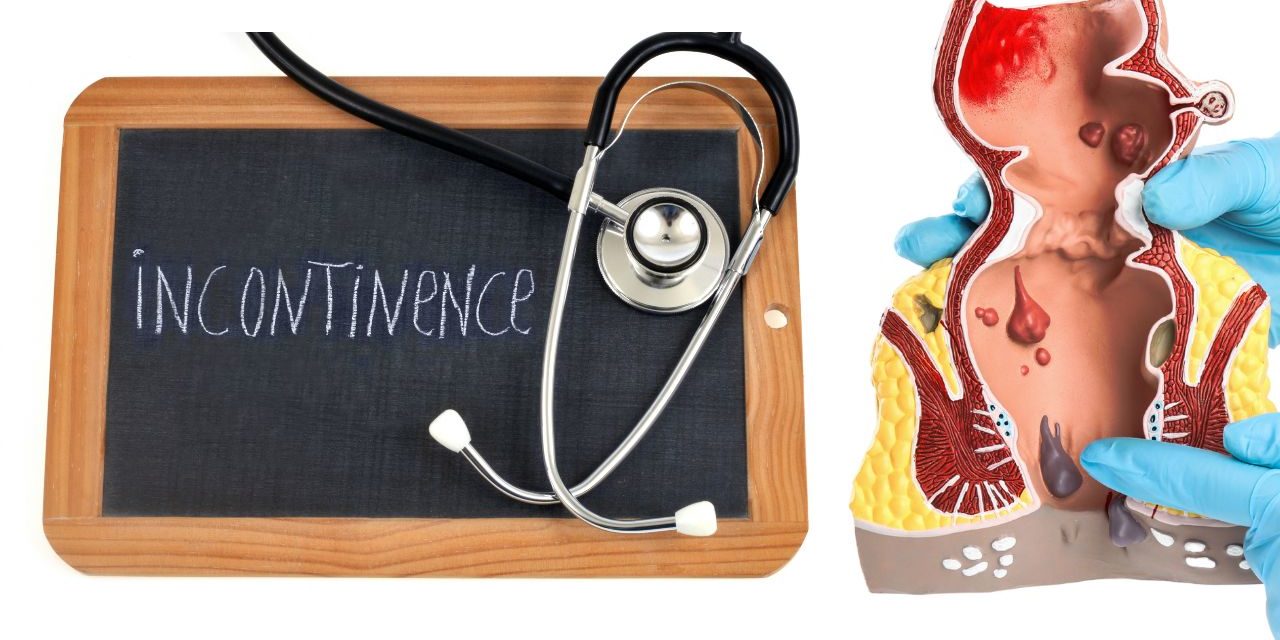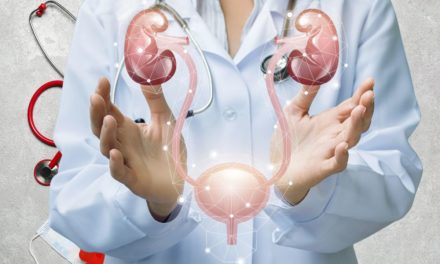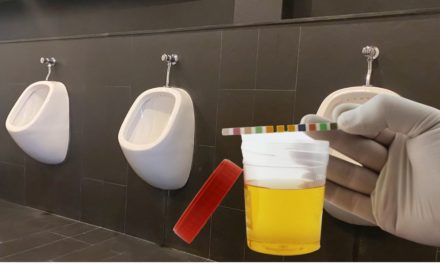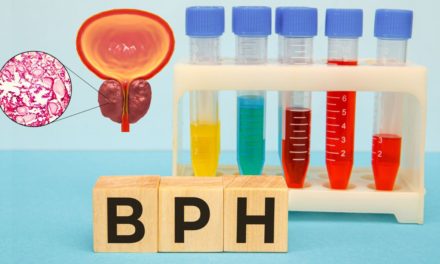Introduction
The intricate orchestration of the human body’s various systems allows us to maintain a delicate balance between health and illness. However, certain conditions can disrupt this equilibrium and challenge our well-being. One such condition is incontinence—a common but often misunderstood disorder that affects individuals of all ages. In this article, we embark on a journey to uncover the layers of incontinence, delving into its types, causes, symptoms, and the array of treatment options available to restore dignity and quality of life.
Understanding Incontinence
Incontinence is a broad term used to describe the involuntary loss of urine or feces, leading to social, emotional, and physical distress. This condition can range in severity from occasional leaks to complete loss of bladder or bowel control. It’s essential to note that incontinence is not a normal part of aging but rather a medical issue that can be managed and treated.
Types of Incontinence
There are several types of incontinence, each with its unique underlying causes and characteristics:
- Stress Incontinence: This occurs when physical activities such as sneezing, laughing, coughing, or lifting put pressure on the bladder, leading to leakage.
- Urge Incontinence: Often referred to as “overactive bladder,” this type involves a sudden, intense urge to urinate, sometimes leading to involuntary leakage before reaching the toilet.
- Overflow Incontinence: Characterized by frequent or constant dribbling of urine due to an inability to fully empty the bladder.
- Functional Incontinence: Occurs when a person has the mental capacity to control their bladder but is unable to reach the toilet in time due to physical limitations or cognitive impairments.
- Mixed Incontinence: A combination of different types of incontinence, such as stress and urge incontinence occurring simultaneously.
Causes and Risk Factors
Incontinence can be caused by various factors and conditions, including:
- Muscle Weakness: Weak pelvic floor muscles or sphincters can lead to poor bladder or bowel control.
- Nerve Damage: Conditions like diabetes, multiple sclerosis, or spinal cord injuries can disrupt nerve signals between the brain and bladder.
- Hormonal Changes: Decreased estrogen levels in women, particularly during menopause, can contribute to incontinence.
- Prostate Issues: Enlarged prostate in men can cause urinary difficulties and lead to incontinence.
- Medications: Certain medications, like diuretics or those affecting muscle tone, can influence bladder control.
- Obesity: Excess weight can place pressure on the bladder and contribute to incontinence.
Symptoms
The symptoms of incontinence vary depending on the type:
- Stress Incontinence: Leakage during physical activities that increase abdominal pressure.
- Urge Incontinence: Strong and sudden urges to urinate, often resulting in accidents.
- Overflow Incontinence: Frequent dribbling of urine due to an inability to fully empty the bladder.
- Functional Incontinence: Difficulty reaching the toilet in time due to physical or cognitive limitations.
Diagnosis
Diagnosing incontinence typically involves a comprehensive assessment, including:
- Medical History: Discussing the patient’s symptoms, medical history, and lifestyle factors.
- Physical Examination: Evaluating the patient’s bladder and pelvic floor muscles.
- Urinalysis: Analyzing a urine sample to rule out infections or other underlying issues.
- Bladder Diary: Keeping a record of fluid intake, urinary output, and incontinence episodes over a period.
- Urodynamic Tests: Assessing bladder function by measuring pressure and flow during urination.
Treatment Options
Incontinence is a treatable condition, and several strategies can help manage or even alleviate the symptoms:
- Behavioral Techniques: Techniques such as bladder training, scheduled toileting, and fluid management can improve bladder control.
- Pelvic Floor Exercises: Strengthening the pelvic floor muscles through Kegel exercises can help prevent or reduce incontinence.
- Medications: Depending on the type of incontinence, medications can be prescribed to relax the bladder, increase its capacity, or control urgency.
- Medical Devices: In some cases, devices like pessaries or urethral inserts can help support the bladder and manage incontinence.
- Surgery: Surgical interventions may be considered for severe cases, including sling procedures for stress incontinence or artificial sphincter implantation.
- Lifestyle Modifications: Maintaining a healthy weight, avoiding bladder irritants like caffeine and alcohol, and managing constipation can contribute to better bladder control.
Result
Incontinence is a condition that affects millions of people worldwide, regardless of age or gender. Understanding its types, causes, and treatment options is crucial for managing and improving the quality of life for those dealing with this condition. With a wide range of approaches available, tailored solutions can be designed to address each individual’s unique situation. Regular medical check-ups, adopting healthy habits, and seeking professional help can empower individuals to regain control, confidence, and dignity, allowing them to live life to the fullest.










